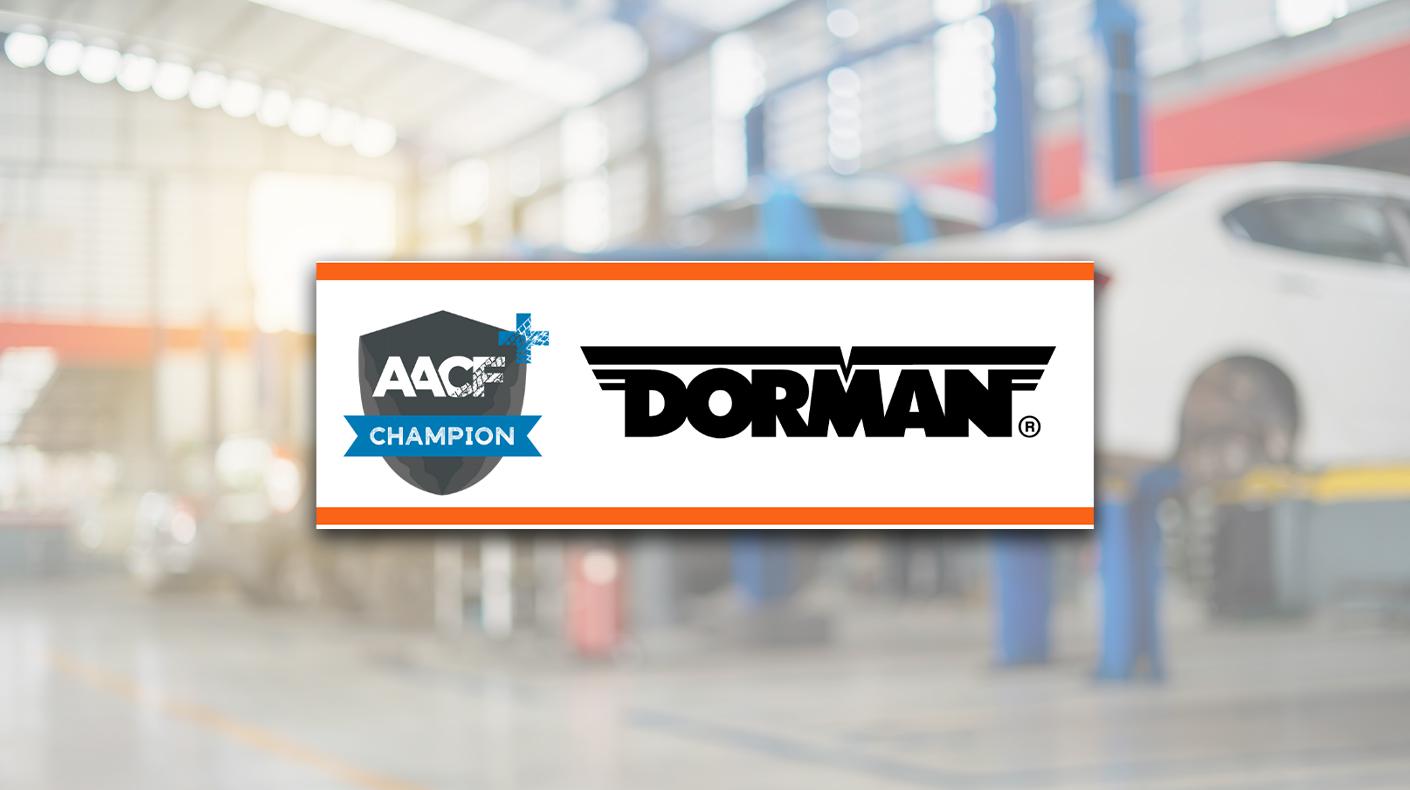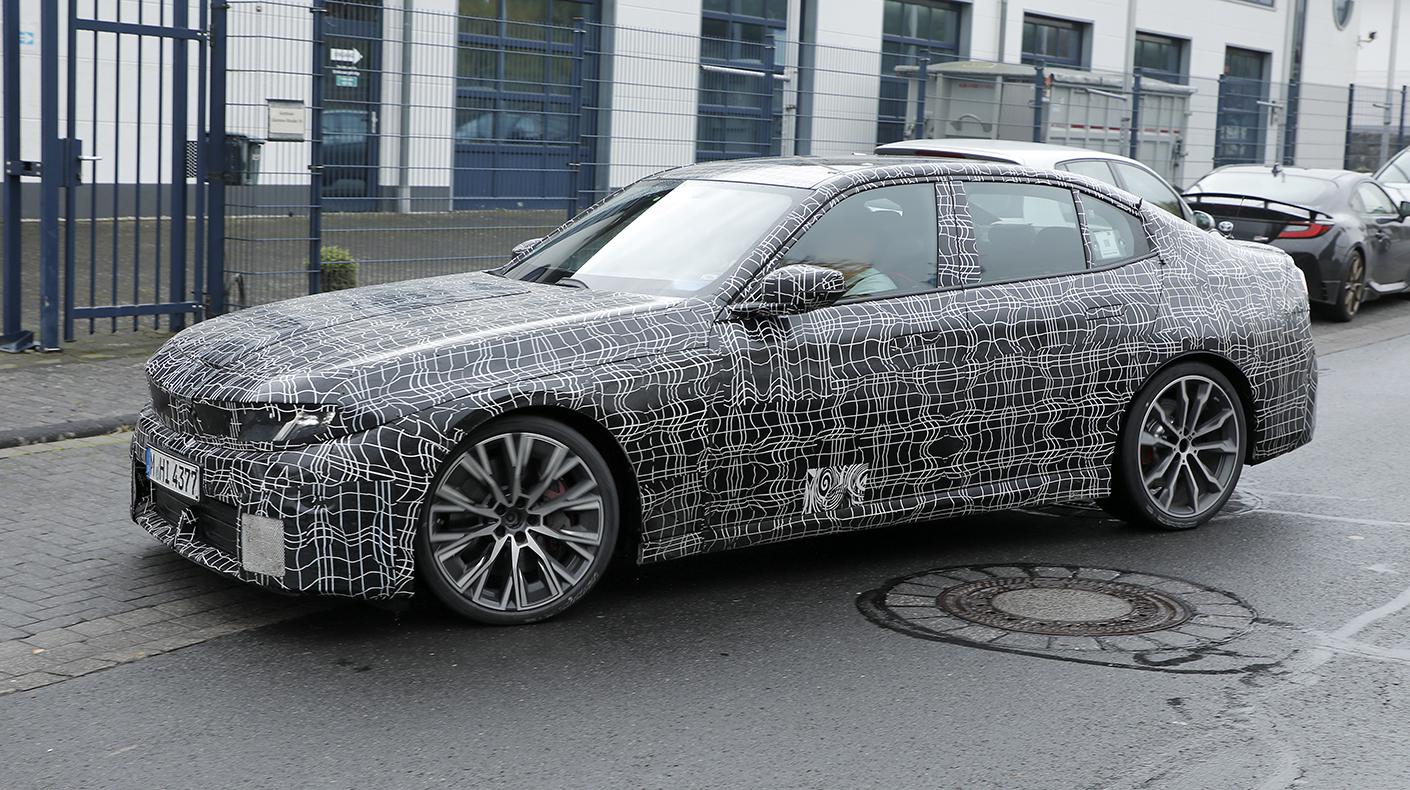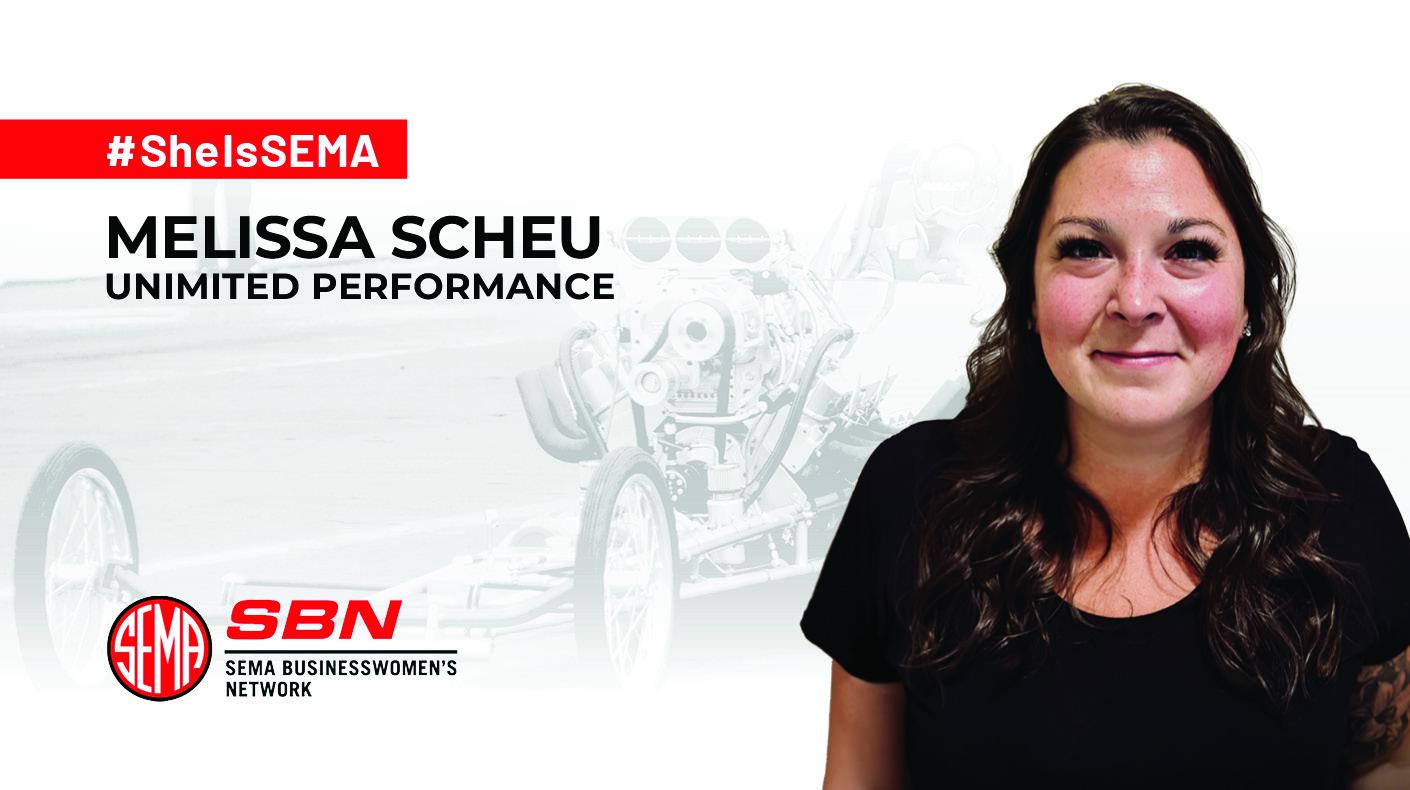
By providing SEMA manufacturing members the ability to perform a vehicle measuring session from their desktops, the SEMA Technology Transfer program proves that member companies can cut production costs while delivering a higher-quality product.
SEMA’s Technology Transfer program offers members computer-aided design (CAD) data sourced directly from the OEMs. CAD allows engineers to draw their designs on a computer in a simulated three-dimensional environment. Prior to the development of that technology, engineers had to develop and draft their designs on blueprint paper, defining their creations in two dimensions. That medium made it difficult to share plans with supplier partners and inform all parties of any changes made to the design. Instead, today’s engineers can design a component on CAD software, such as Solidworks, Unigraphics or CATIA, save the design in a shareable format and release it electronically to any partners.
“Members who have used this program once come back again and again because designing their products any other way without the data from the Tech Transfer program makes little business sense to them,” said SEMA Vehicle Product Data Analyst Oscar Muñoz, who oversees operations for the program.
The program allows members to reduce development-cycle costs because of the time saved in locating and measuring a vehicle. There is also less expense in materials and time spent in producing prototypes. Members who use this program can also put their products on the market faster than their competitors.
“Before this program, the design process was much longer, and the end result was not as accurate,” said Ryan D. Zwicker of Vintage Air Inc. “This is a very valuable service for us and others in our industry. Having access to accurate CAD data allows us to develop products that not only look good, but perform well and install easily.”
One concern that manufacturers face when physically measuring a vehicle is something known as tolerance stacking. In producing some 600,000 trucks, for example, slight variances could occur due to wear on equipment, changes in temperature or deflection of the components after assembly. A tonneau cover could be built based on the measurements of a truck that was slightly larger than the average, creating a loose-fitting product.
CAD alleviates the problem of tolerance stacking since the design file contains the exact measurements to which the component is to be made—known as nominal tolerances—without any of the tolerance stacking we discussed earlier. The CAD data can also be used to test-fit the product and check for potential interference with the surrounding parts. Members can add more advanced software tool sets that further enhance production and development efforts, including Finite Element Analysis (material strength testing), Kinematics and Dynamics (which simulate the product in motion), Manufacturing (CNC/machining tool-path simulation) and Mold Design (tool design and optimization).
The Technology Transfer program provides the most accurate data available for current production vehicles and a backlog of components dating back to model-year 2002. SEMA’s database contains information on more than 40,000 components received to date, including engine, suspension, steering, body, drivetrain and interior parts and assemblies. SEMA’s partnerships with Chrysler, Ford, GM and Scion allow the association to submit requests for data on an ongoing basis.
“For a small aftermarket company such as ours, time and man-hours are precious commodities,” said Chad Jones of Lingenfelter Performance Engineering. “When developing a new product, many man-hours can be involved in simply assembling an engine or other vehicle components to determine the validity of a new design. With access to CAD models, such as engines, drivetrains, suspension and related components, we are able to develop new products on the computer utilizing these models without the added cost of labor.”
For more information, visit www.sema.org/techtransfer. You can also contact Oscar Muñoz or Gary Pis at Techtransfer@sema.org or call 909/396-0289.
To read the full report on SEMA’s Technology Transfer program, click www.sema.org/main/semaorghome.aspx?id=59520.
For more original SEMA market research, visit www.sema.org/research.





